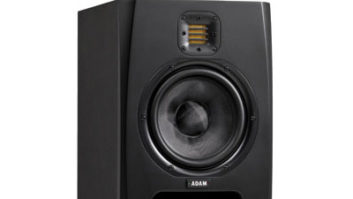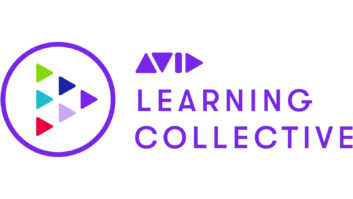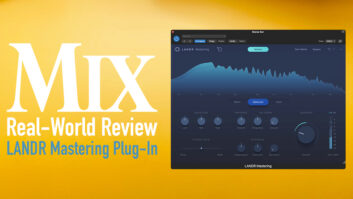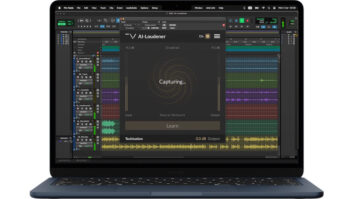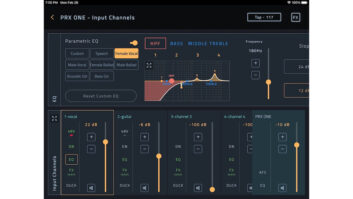Over the years, the TEC Awards has been host to many special moments, and the Hall of Fame award to Beatles engineer Geoff Emerick just a couple of weeks ago was certainly near the top. Having a trio of masters (Elliot Scheiner, Al Schmitt and George Massenburg) on hand to present the award made it even more special.
Joining George Martin to work on The Beatles’ landmark Revolver album, and continuing with Sgt. Pepper’s, the White Album and Abbey Road, Emerick’s influence is unquestionable, as he, Martin and the lads explored the use of the studio as an instrument for creative expression. Tape loops, orchestral tracks, backward playback and creative panning were just a few of many techniques the team employed, breaking the mold and the constraints of traditional stereo mixing. Creators today too frequently search for a new preset, yet these innovators were establishing new precedents with works that are still held in the highest regard decades later.
A new approach need not always be earthshaking. If the industry norm is stereo instruments and center-panned vocals, a simple reversal such as “Ob-La-Di, Ob-La Da,” with divergent L/R voices and down-the-middle instruments immediately puts the listener into a new space. Not every song needs a gimmick; sometimes a clean, straight-ahead recording that captures the essence of the song and performance is best. Knowing when to push the envelope — or when to hold back — is the mark of a master who understands the importance of patience, simplicity and purity in the recording process. That is why certain individuals — Emerick, Massenburg, Scheiner, Schmitt, Swedien, Ramone, et al — stay on top.
Equally important is understanding the medium. Analog production has its own set of rules and limitations, whether the engineer is center-panning LF-heavy sources and dealing with RIAA curves with vinyl, or using a custom machine bias or overload saturation to advantage with tape. When digital arrived, many users didn’t bother to learn the ropes of the new media: Digital overload was verboten, sending countless engineers to record at -4/-10/-15dB levels — often followed by normalization, which provided a safe haven from clipping, yet decimated (sometimes literally!) the record resolution, yielding lifeless 12- and 14-bit recordings from 16- and 20-bit systems. Meters don’t always reflect the truth; trust your ears.
More recently, high-resolution systems (SACD, DVD-A) have appeared, offering many more choices in shaping the timbre of the final product, while LCRS, 5.1 and 6.1 mixes open new perspectives in placement. Not lost on the buying public is the reality that a DVD-Video soundtrack can sound very good — punchy, rich and full — despite the fact that this is a lossy, data-compressed medium. But by experimenting and learning a few nuances, such as the different requirements of DTS and Dolby Digital tracks, and keeping a close watch on the basics — gain structure, signal clarity, phase and the like, we can ensure that our productions deliver the best in any delivery medium.
The lesson may be simple, but the challenge is formidable.
